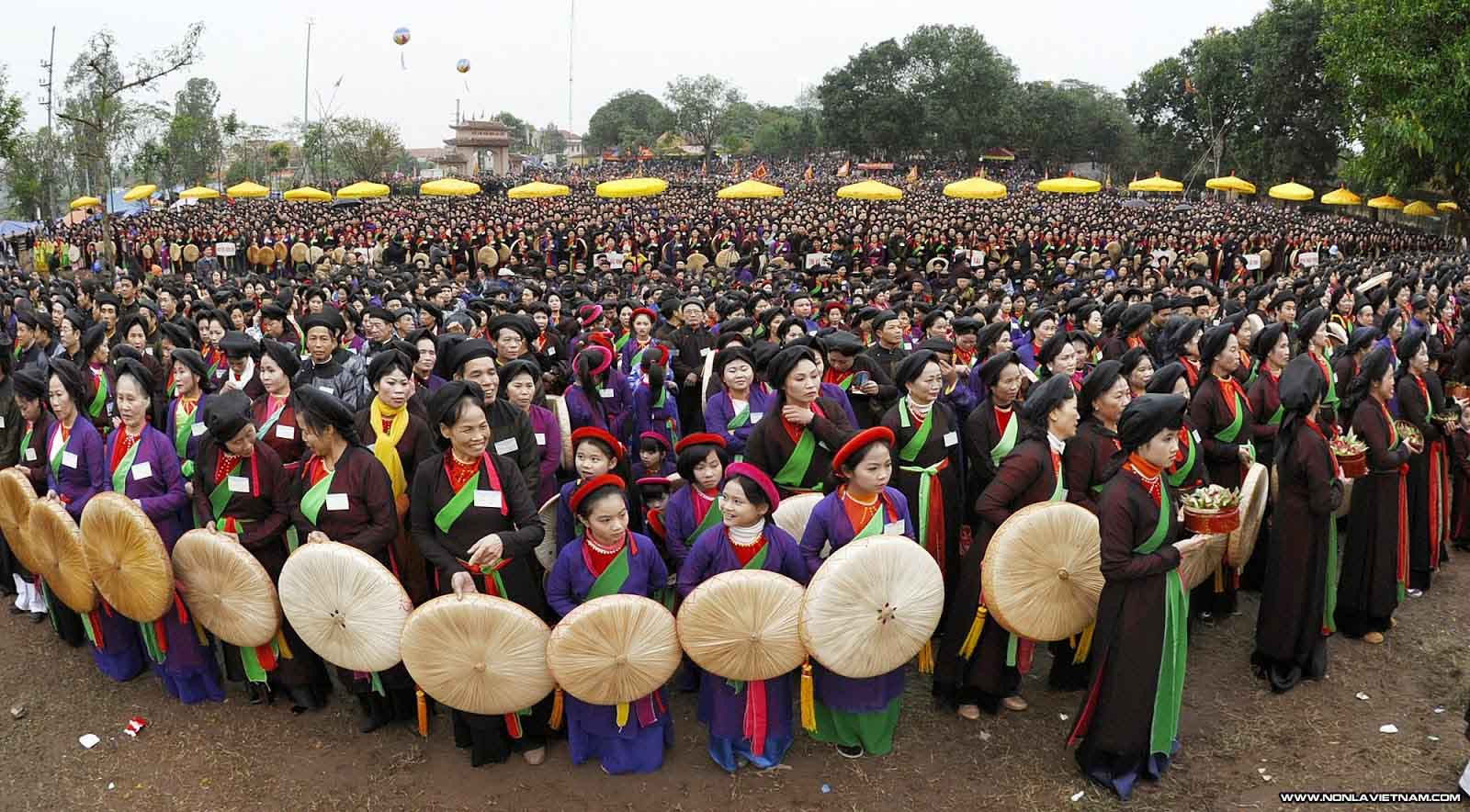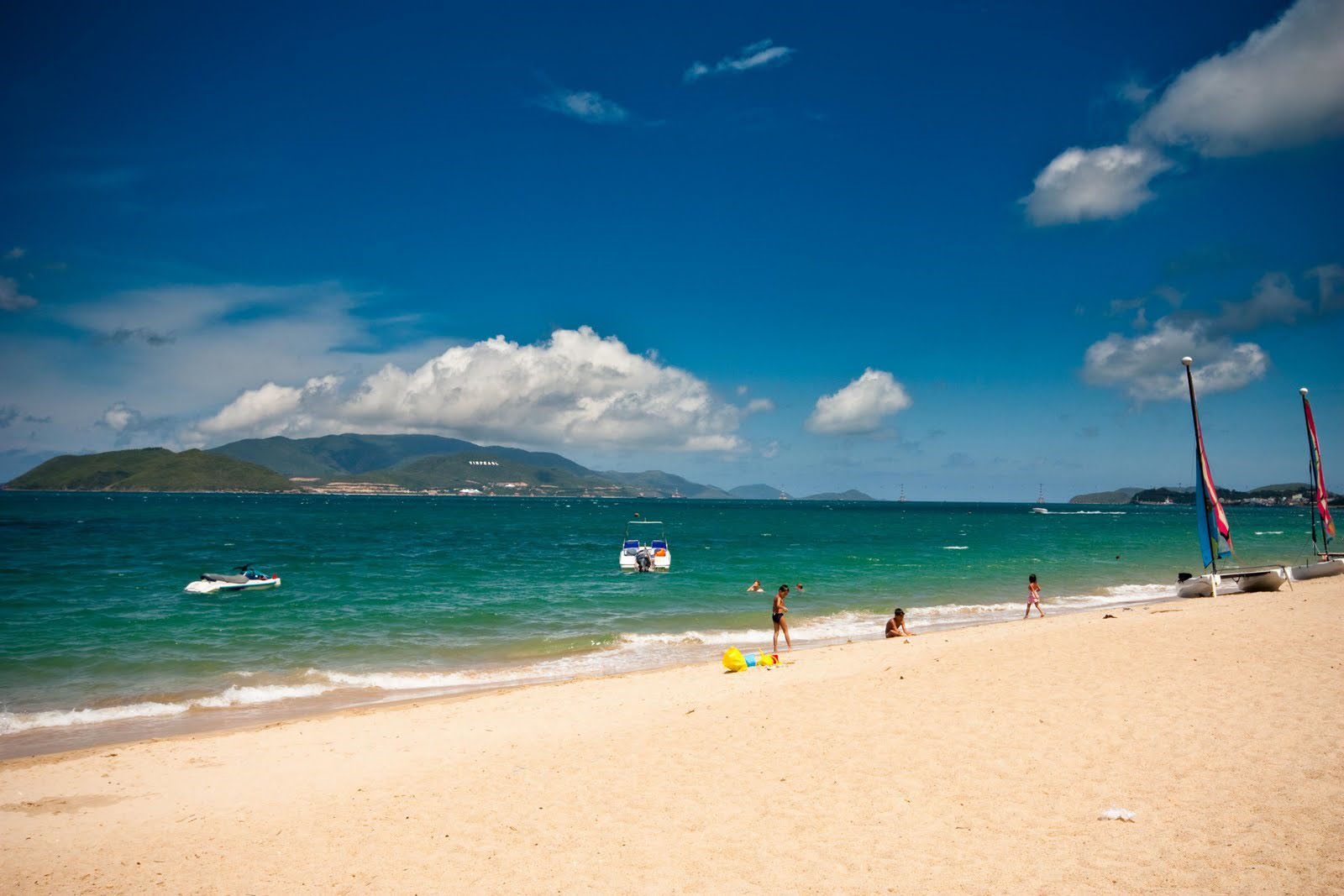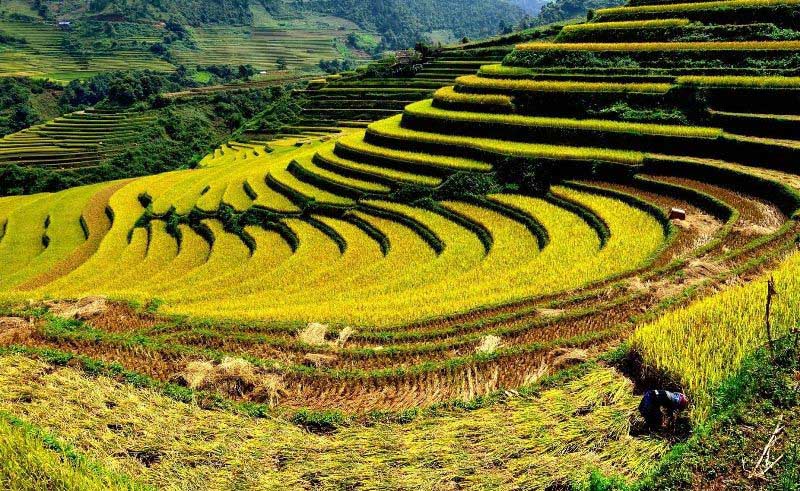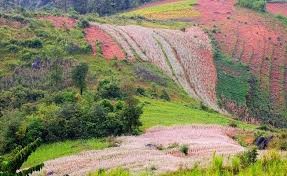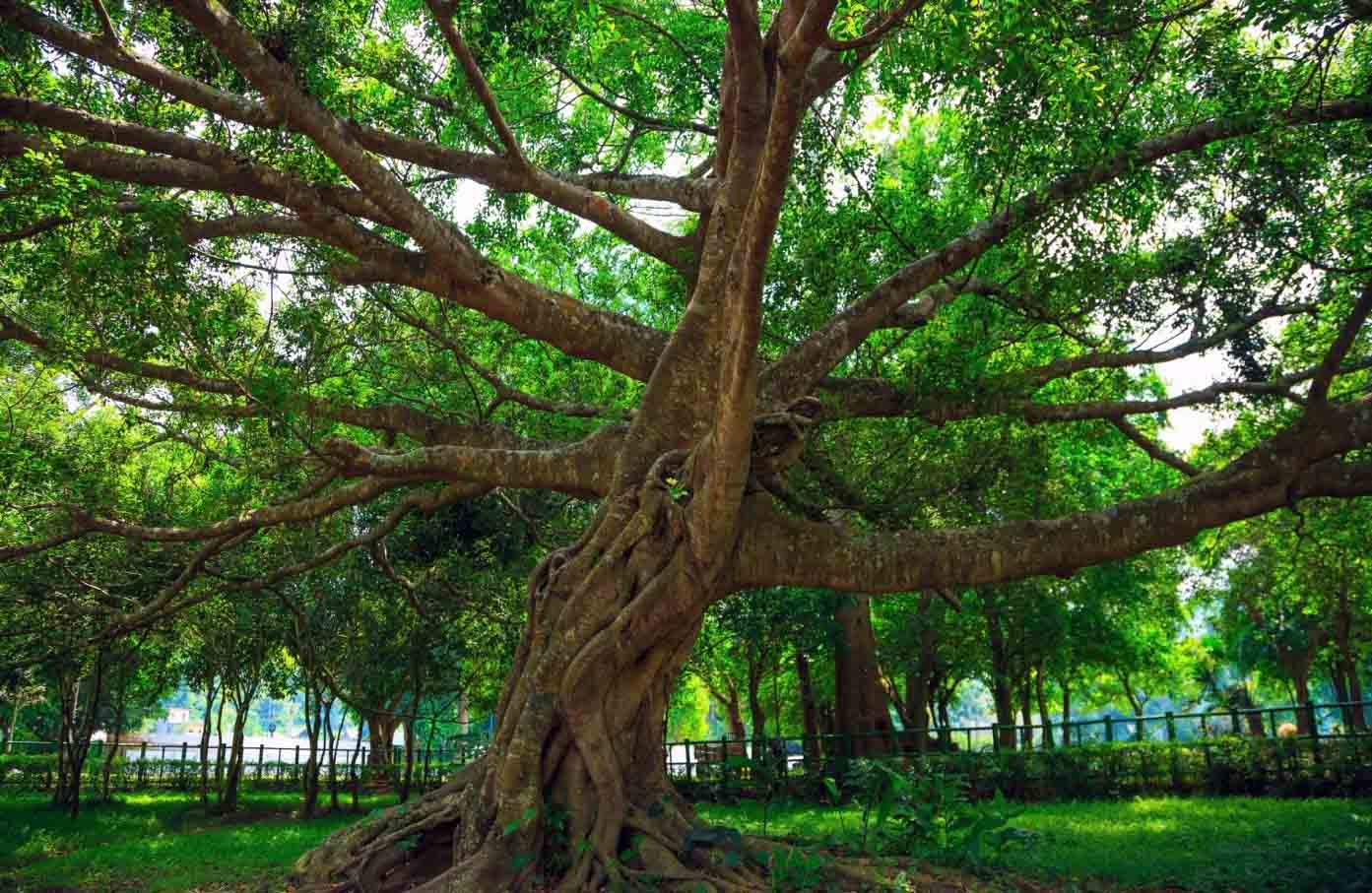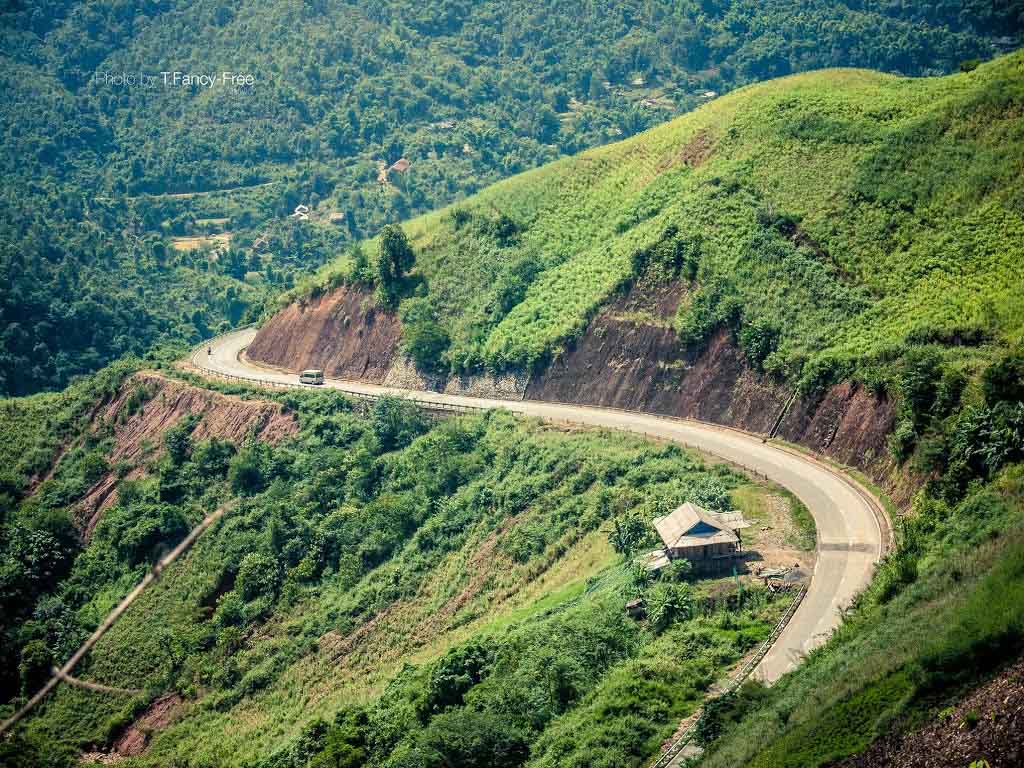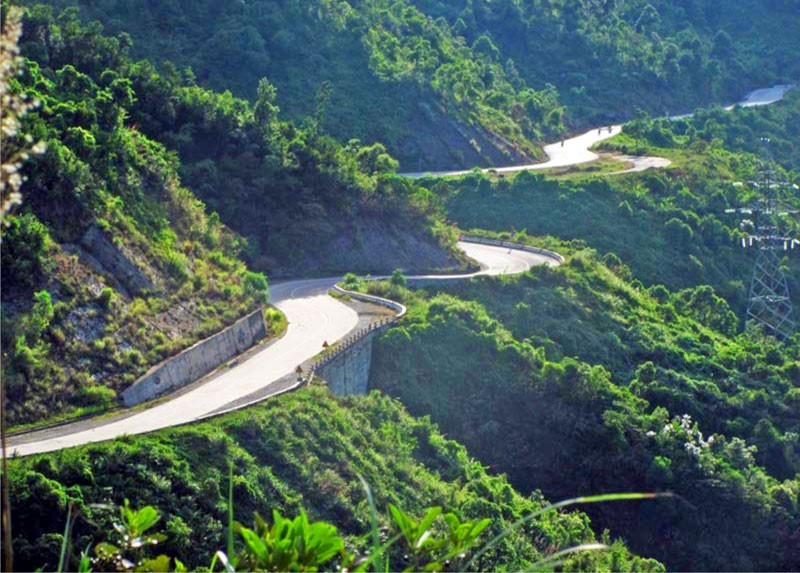Vo Doi Nature Reserve
Alternative site name(s)
Lower U Minh, U Minh, U Minh Ha
Province(s)
Ca Mau
Area
3,394 ha
Coordinates
9o12' – 9o14'N, 104o43' – 104o55'E
Distance(s)
From Ho Chi Minh City
From Can Tho City
Eco-tours
Not available
Topography and hydrology
Vo Doi Nature Reserve is located in the plain of the Mekong Delta, and the maximum elevation at the site is only 2.5 m. Vo Doi is situated in U Minh Ha or lower U Minh, the southern of the two extensive peatswamp forests in Kien Giang and Ca Mau provinces. The other peatswamp forest, U Minh Thuong or upper U Minh, is situated 30 km to the north. The nature reserve is seasonally inundated and, therefore, supports a mixture of Melaleuca forest, seasonally inundated grassland and open swamp.
Biodiversity values
The three major vegetation types at Vo Doi Nature Reserve are ‘semi-natural’ (originally planted but no longer tended) Melaleuca forest, Melaleuca plantation and seasonally inundated grassland. Semi-natural Melaleuca forest covers a large area in the west of the site. The tree flora is dominated by Melaleuca cajuputi, although other tree species are also present, including Ilex cymosa and Alstonia spathulata. Melaleuca plantations of varying ages are distributed in the east of the nature reserve. In the centre of the nature reserve, there are areas of grassland with scattered, young, naturally regenerating Melaleuca trees. The most widespread grassland community is one dominated by Eleocharis dulcis, with Cyperus halpan, C. polystachyos, Fuirena umbellata, Philydrum lanuginosum and Phragmites vallatoria also present. On slightly higher ground, a grassland community dominated by P. vallatoria is found.
Vo Doi Nature Reserve and the surrounding area support high bird species richness. In particular, the area supports a high abundance and species richness of waterbirds, including small bitterns, Bronze-winged Jacana Metopidius indicus and Purple Swamphen Porphyrio porphyrio. There are recent records of adjutants, probably Lesser Adjutant Leptoptilos javanicus, from Vo Doi. This species was believed to breed at the nature reserve in the past but appears to no longer do so. However, the species may still occur outside of the nature reserve to the north. In addition, Woolly-necked Stork Ciconia episcopus has been reported to occur in the area to the north of the nature reserve, where it might breed.
Other documented values
Honey-harvesting is a potentially sustainable economic activity in Melaleuca forest. However, it needs to be conducted in a controlled manner in order to avoid potential negative impacts and maintain the biodiversity value of the area.
Vo Do Nature Reserve is part of the larger U Minh Ha peatswamp forest, a rare example of this ecosystem in Vietnam. Although no visitor facilities currently exist, if well managed and protected, it is believed that the area has high potential for nature recreation, conservation education and scientific research.
More guide...
Responsible Travel
Asia Travel News



